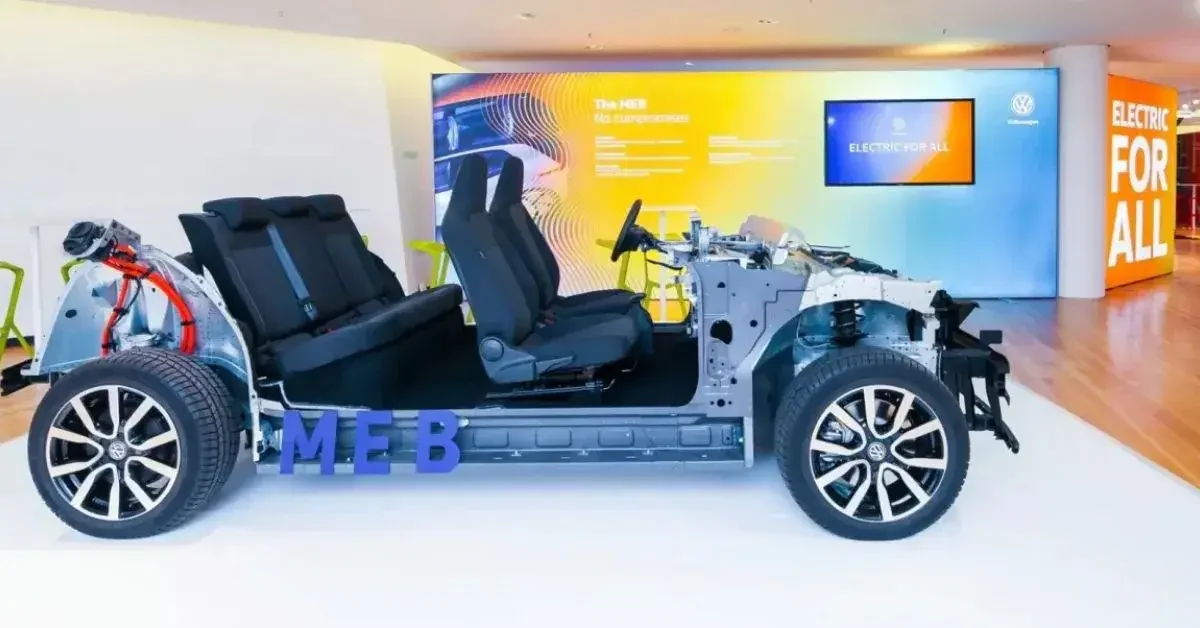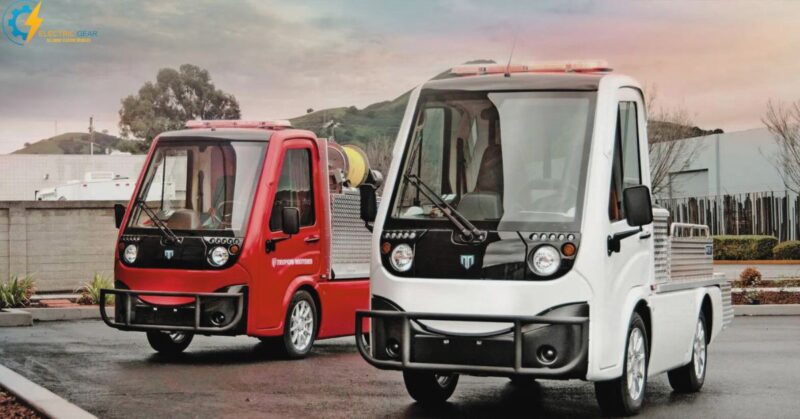Electric vehicles (EVs) are gaining popularity as a more sustainable and environmentally friendly transportation option. While EVs require less maintenance than traditional gasoline-powered vehicles, they still require regular upkeep to ensure optimal performance and longevity.
Electric vehicle maintenance primarily focuses on the battery system, motor, and charging components. Regular inspections, fluid changes, and software upgrades are usually part of the manufacturer-recommended maintenance program.
Additionally, EV owners should monitor their vehicle’s range and charging times, as these can be impacted by driving habits and weather conditions.
While EVs may require less maintenance than traditional vehicles, prioritizing regular upkeep is still important to ensure optimal performance, safety, and vehicle longevity.
Electric Vehicle Maintenance Schedule
The schedule for electric vehicle maintenance can vary depending on the manufacturer and model of the vehicle but typically includes the following:
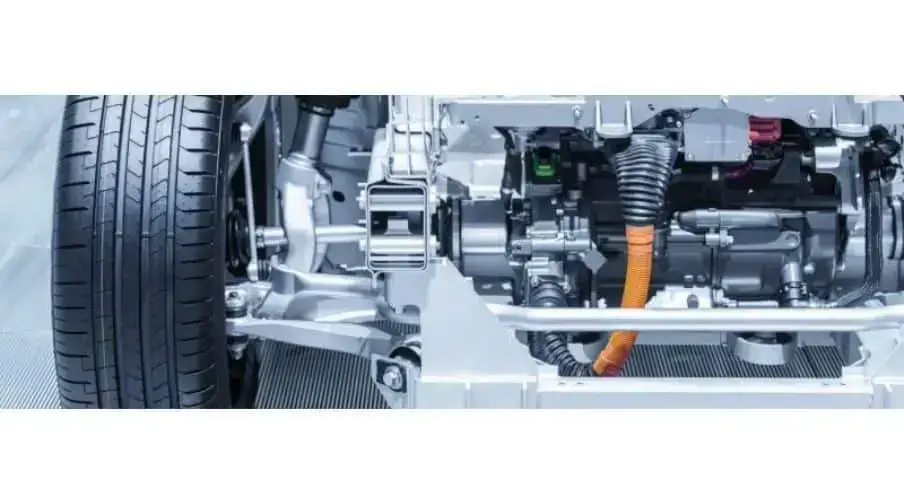
1. Tire Rotation and Inspection: Tires should be rotated every 6,000 to 8,000 miles and inspected regularly for wear and damage.
2. Brake Inspection: EVs use regenerative braking technology, which can reduce wear on the brake pads, but they should still be inspected periodically for wear and replaced as necessary.
3. Battery Maintenance: The battery system should be inspected periodically to ensure proper function, and software updates may be required.
4. Cabin Air Filter Replacement: The cabin air filter should be replaced every 12,000 to 15,000 miles or as needed.
5. Cooling System Inspection: EVs use a cooling system to regulate the temperature of the battery and motor, which should be inspected periodically for proper function.
6. Electrical System Inspection: The electrical system should be inspected periodically to ensure proper function and safety.
7. Scheduled Maintenance: EV manufacturers typically recommend periodic maintenance at specified intervals, such as every 10,000 to 20,000 miles.
Following the manufacturer’s suggested electric vehicle maintenance routine will keep your EV running smoothly, safely, and for as long as possible.
Common Problems With Electric Cars
Electric cars (EVs) are generally reliable and require less maintenance than traditional gasoline-powered cars. However, here are some common problems that EVs may experience:
- Range Anxiety: The worry of finding a charging station before your battery dies. Drivers of electric vehicles need to carefully plan their journeys and factor in the possibility of making extra stops to charge the battery.
- Charging Infrastructure: While charging infrastructure is expanding, it may not be as widely available as gas stations, especially in rural areas. Some charging stations may also be out of service or require payment.
- Battery Degradation: EV batteries can experience degradation over time, reducing range and performance.
- Cold Weather Performance: Extreme cold temperatures can impact battery range and performance, so preheat the cabin and battery before driving in cold weather.
- High Upfront Cost: EVs can have a higher upfront cost than traditional cars, although this is gradually decreasing with technological advancements.
- Limited Model Availability: Not all car models are available in EV versions, limiting the choices available to consumers.
- Repair Costs: EV repair can be more expensive due to the specialized components and technology.
It’s important to be aware of these potential issues when considering an EV and to research a model that meets your needs and budget.
Maintenance of Electric Cars vs. Gas
In general, electric cars require less maintenance compared to gas cars. EVs have fewer moving parts, such as the absence of an internal combustion engine, resulting in fewer opportunities for breakdowns and wear and tear. EV owners will have lower maintenance costs over the vehicle’s lifetime.
However, EVs still require regular maintenance, including periodic inspections, software updates, and replacement of parts such as tires and cabin air filters.
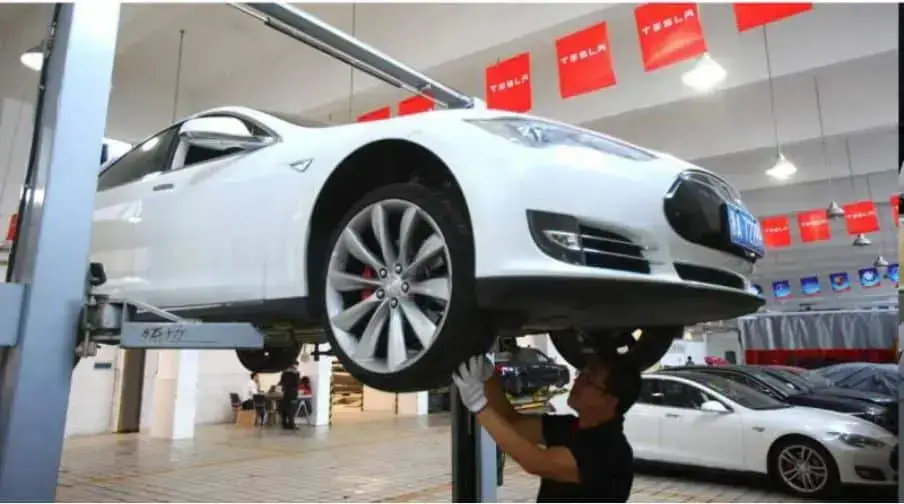
The battery system and electric motor also require regular inspections to ensure optimal performance and longevity. Additionally, the cost of EV repairs can be higher due to the specialized technology involved.
Overall, while the maintenance requirements for EVs and gas cars differ, EVs generally have lower maintenance costs and longer lifespans due to their simpler design and reduced number of moving parts.
Electric Vehicle Maintenance Costs
The maintenance costs of electric vehicles (EVs) are generally lower than those of traditional gasoline-powered vehicles. This is because EVs have fewer moving parts, resulting in fewer opportunities for wear and tear and fewer required maintenance tasks.
Additionally, EVs typically require less frequent oil changes and have regenerative braking technology, which reduces wear on the brake pads.
While EVs may have lower maintenance costs, they can have higher upfront costs due to the cost of the battery system and specialized components.
Additionally, EV repairs can be more expensive due to the specialized technology involved. However, the overall maintenance costs of an EV over its lifetime are generally lower compared to gas vehicles.
Electric Car Maintenance Cost Per Year
The maintenance costs of electric cars are typically lower than traditional gasoline-powered vehicles, with estimates ranging from $300 to $500 per year for routine maintenance tasks such as tire rotations, cabin air filter replacements, and brake inspections.
EVs require less frequent maintenance than gas cars, lowering overall costs. However, repair costs for specialized components, such as the battery system, can be higher.
Electric Vehicle Safety Standards
Electric vehicle (EV) safety standards are regulations and guidelines that ensure EVs’ safe design, manufacturing, and operation. These standards cover a range of topics, including:
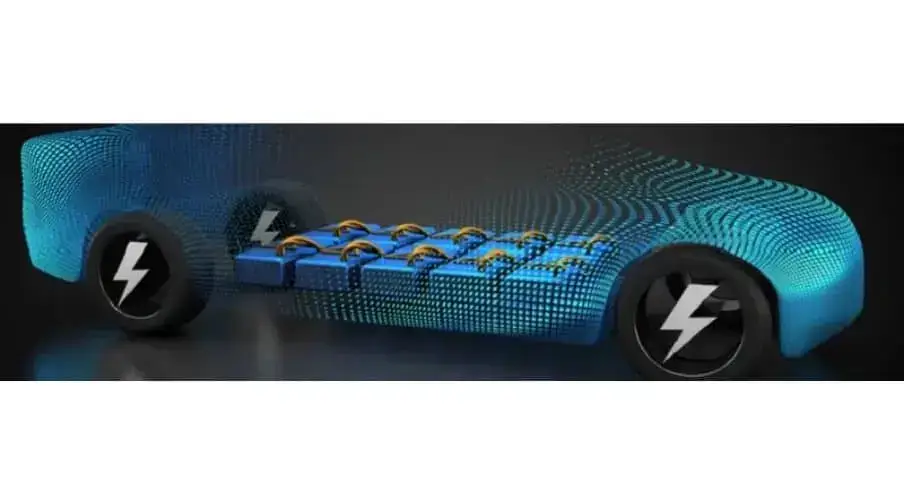
- Battery Safety: EV batteries are subject to strict safety regulations to prevent fires, explosions, and other hazardous situations.
- Electrical Safety: EVs must meet strict safety standards to prevent electric shock and other electrical hazards.
- Crash Safety: EVs must meet the same crash safety standards as traditional gasoline-powered vehicles, including testing for front, side, and rear impacts.
- Charging Infrastructure Safety: EV charging infrastructure must meet safety standards to prevent electrical hazards and ensure safe operation.
- Pedestrian Safety: EVs must meet safety standards to ensure they are audible to pedestrians and other road users.
Organizations like the Society of Automotive Engineers and the National Highway Traffic Safety Administration in the United States and Europe set these regulations for road safety (SAE). EV manufacturers must conform to these guidelines to ensure their vehicles’ safe operation.
Electric Vehicle Battery Safety Standards
Electric vehicle (EV) battery safety standards are regulations and guidelines established to ensure the safe design, manufacturing, and operation of EV batteries. These standards cover a range of topics, including:
- Battery System Design: EV batteries must be designed to prevent thermal runaways, which can cause fires or explosions.
- Manufacturing Standards: EV battery manufacturing must meet strict safety standards to ensure consistency and reliability.
- Testing and Certification: EV batteries must be tested and certified to meet safety standards before being installed in vehicles.
- Battery Management System: EV battery management systems must be designed to monitor the battery’s state and prevent overcharging, over-discharging, and overheating.
- Emergency Response Procedures: Emergency response procedures must be in place to ensure that first responders are equipped to handle accidents involving EV batteries safely.
The National Highway Traffic Safety Administration (NHTSA) in the United States and the European Union are two governments that set these safety standards, along with other organizations like the International Electrotechnical Commission (IEC) and the Society of Automotive Engineers (SAE) (SAE).
Electric vehicle battery manufacturers are responsible for adhering to these regulations to guarantee the reliability of their products.
Electric Car Problems and Solutions
Here are some common electric car problems and their solutions:
- Range Anxiety: Fear of running out of battery before reaching a recharge station. Solution: Plan trips, use charging stations, and consider a longer-range electric car.
- Charging Infrastructure: While charging infrastructure is expanding, it may not be as widely available as gas stations, especially in rural areas. Solution: Plan your routes carefully, and consider installing a charging station at home.
- Battery Degradation: EV batteries can experience degradation over time, reducing range and performance. Solution: Follow the manufacturer’s recommended charging and maintenance guidelines, and consider purchasing a vehicle with a longer battery warranty.
- Cold Weather Performance: Extreme cold temperatures can impact battery range and performance, so preheat the cabin and battery before driving in cold weather. Solution: Preheat the car and battery before driving in cold weather, and avoid excessive use of heat and accessories while driving.
- High Upfront Cost: EVs can have a higher upfront cost than traditional cars, although this is gradually decreasing with technological advancements. Solution: Consider the long-term savings in fuel and maintenance costs, and look for incentives and rebates to help offset the cost.
- Limited Model Availability: Not all car models are available in EV versions, limiting the choices available to consumers. Solution: Research and consider the options, and wait for new models to become available.
Repair Costs: EV repair can be more expensive due to the specialized components and technology. Solution: Regular maintenance, follow the manufacturer’s recommended guidelines, and consider purchasing an extended warranty or service plan.
Electric Vehicle Maintenance Course
An electric vehicle (EV) maintenance course is a training program designed to teach individuals how to maintain and repair EVs.
These courses typically cover EV battery charging systems, motor systems, charging components, and software updates. They may also cover safety procedures and best practices for EV maintenance.
Automotive schools, community colleges, and vocational training centers can offer EV maintenance courses. They may be offered in-person or online, including hands-on training with EV components.
These courses can be useful for individuals interested in pursuing a career in EV maintenance or for EV owners who want to learn more about maintaining their vehicles.
10 Different Methods to Maintain Your EV
Maintaining your electric vehicle (EV) is important to ensure its longevity and efficiency. Here are 10 methods to help you maintain your EV:
1. Keep your battery charged: Make sure you charge your EV regularly and avoid letting the battery run down to zero. It will help to maintain its health and longevity.
2. Monitor your range: Keep an eye on your EV’s range to avoid running out of charge. Most EVs have a built-in range estimator to help you plan your trips and avoid getting stranded.
3. Check tire pressure: Proper pressure maintains your EV’s efficiency and range. Check your tire pressure regularly and keep them inflated to the recommended level.
4. Rotate your tires: Regular tire rotations can help extend your tires’ life and maintain your EV’s handling and performance.
5. Replace your cabin air filter: A dirty cabin air filter can reduce the efficiency of your EV’s heating and cooling system. Replace the filter regularly to maintain its performance.
6. Check your brake pads: Electric vehicles rely on regenerative braking, which can extend the life of your brake pads. However, checking them regularly and replacing them when necessary is still important.
7. Service your cooling system: Electric motors generate heat, so keeping your EV’s cooling system in good condition is important to avoid overheating and damage.
8. Keep it clean: Regularly wash your EV to keep it looking and performing its best. Dirt and grime can accumulate on your EV and reduce its efficiency.
9. Avoid extreme temperatures: Extreme temperatures can affect your EV’s battery performance and longevity. Avoid exposing your EV to extreme heat or cold for extended periods.
10. Follow the manufacturer’s recommended maintenance schedule: Finally, follow the recommended maintenance schedule for your EV. It will help ensure your EV runs at its best and avoid potential problems.
Conclusion
To get the most out of having an electric vehicle, it’s important to keep it in good shape. By doing these 10 things, you can make sure that your EV will be effective, fuel-efficient, and good for the environment for many years to come.
Frequently Asked Question
How often should I have my EV’s battery checked?
At least once a year, or as often as the maker says, you should have your battery checked.
Can I wash my EV like a traditional car?
Yes, but use cleaning tools made for EVs so you don’t hurt the sensitive parts.
Should I avoid driving my EV in extremely cold weather?
Even though you can drive your EV in cold weather, it’s best to take steps like getting the battery ready ahead of time.
Can I overcharge my EV?
It’s best not to charge your EV to 100% very often, as this can hurt the health of the battery over time.
Should I avoid driving my EV in extremely cold weather?
Even though you can drive your EV in cold weather, it’s best to take steps like getting the battery ready ahead of time.

Imran is an experienced content writer who crafts engaging and informative articles for a variety of industries. With a keen eye for detail and a passion for storytelling, Imran delivers high-quality content that resonates with readers. Whether he’s writing blog posts, social media content, or website copy, Imran is committed to delivering compelling content that drives results.

